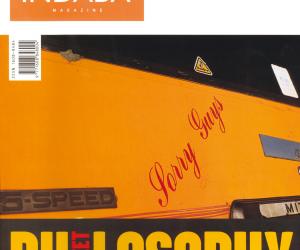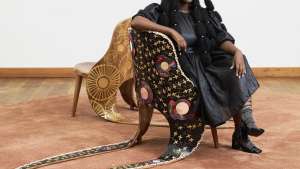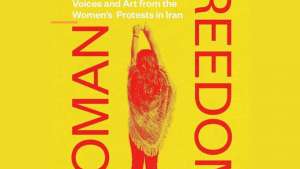First Published in

Soccer is not natural. It is supernatural. It has earned its place among the major religions of the world. And perhaps, it is the only official sport in heaven. Rugby is too brutal for saints. Golf is elitist, and running is too individualistic.
In South Africa, Orlando Pirates and Kaizer Chiefs are like two opposing religious sects. In truth, the goals they score against each other do not matter. They belong in the annals of trivia. It is the rivalry that really matters, because it extends to drinking places, workplaces and sometimes even to the grave.
The grandstand is to supporters what the foyer is to design or advertising agencies - a place to show off creativity. This is where they wear their oversized goggles, safety hats, church robes, devil's horns, and, yes, carry their Bibles. There is no creative director here to decide between what is good and what is bad, what works and doesn't, what the client will like and what you could lose the account for. Beauty lies in the eye of the creator. That underpins the philosophy of indigenous creativity. It is simple and it is left to the creator to decide how to construct or deconstruct the design. There are no annuals to crib, no rules to follow and no masters to copy. None of the founders of these soccer teams ever went to art or even business school. Yet they managed to build two of the strongest brands in South Africa. Orlando Pirates' logo is simple - it means danger. (Pirates ruled the game for a long time. Established in 1937, it has produced many international players, including Kaizer Motaung the founder of its archrival). The slogan for Kaizer Chiefs is "love and peace," the direct opposite of danger. Smart move for Chiefs.
Design 101 students take note. If you're competing with a strong brand, don't design something similar. Do the opposite. The colours must contrast sharply so that players and fans can differentiate between friend and foe. This rule applies to washing powder and toothpastes too, by the way. Look at how some estate agents copy each other's colour schemes. Walk into a bottle store and see how many spirits look similar. And isn't it a shame that all German luxury cars today look the same? But I digress. I'm supposed to be discussing something more intoxicating - South African soccer and design.
Soccer was imported to South Africa just like Christianity, which was also foreign to our shores. Both now have a strong local flavour.
The greatest difference between African and European soccer is that, in the former, the team belongs to the people, and not to the money worshippers at the temple of stock exchange. Who but a Bafana Bafana fan would show up at an international showdown with a 4kg fresh catfish in hand as a show of adoration for the team's chief defender Mark Fish? Or march the length and breadth of the pitch chanting Bible verses proclaiming victory over 'the enemy' - all quite in earnest?
Here, the 'man on the street' has taken design into his own hands and become an authentic, integral part of the process of creating and establishing the visual identity of his or her favourite team. People have the freedom to paint their safety hats, overalls and horns with the colours of their favourite franchise in a free and voluntary brand building exercise.







